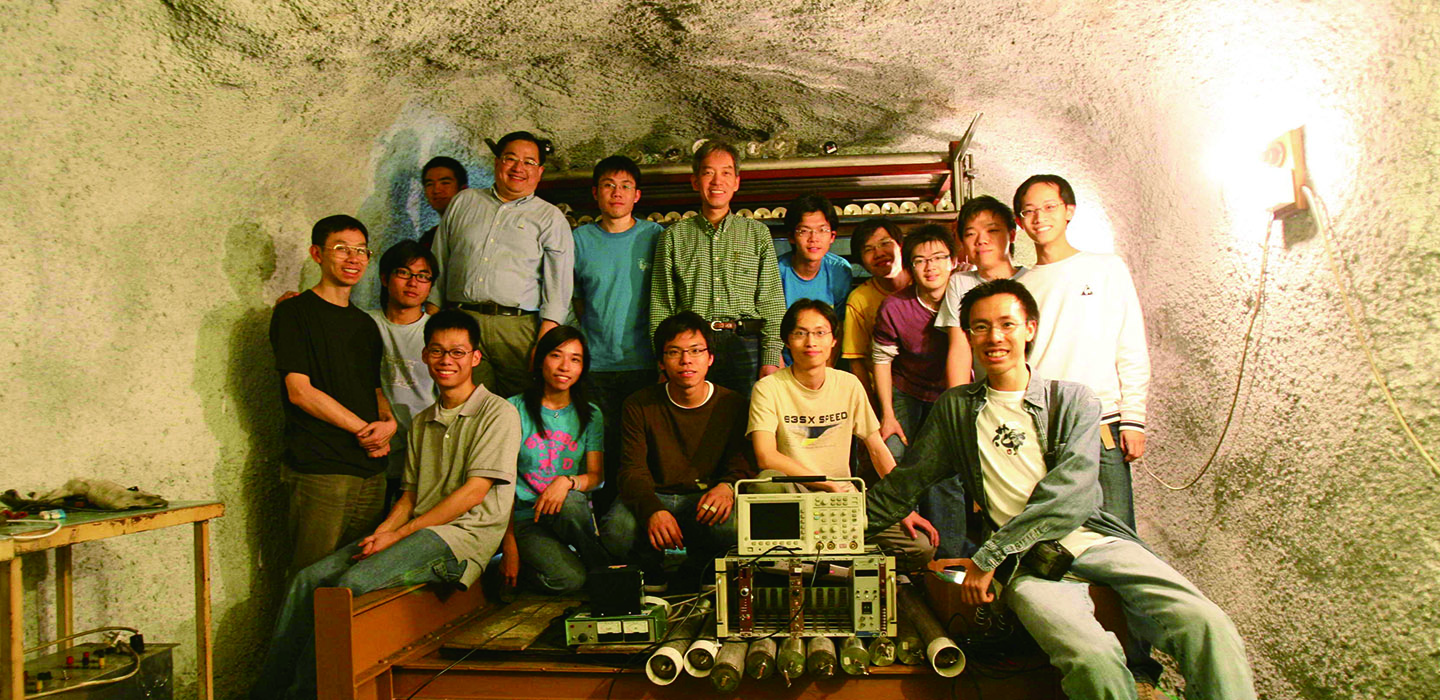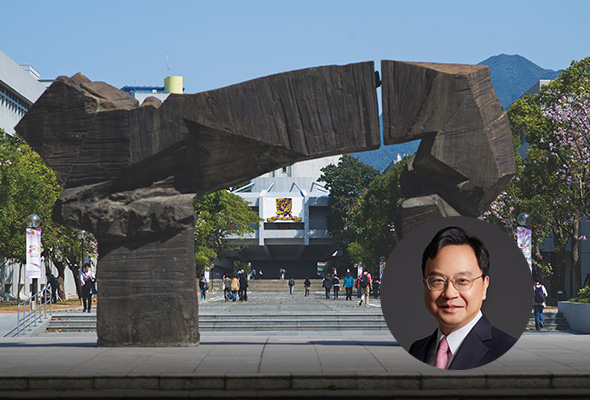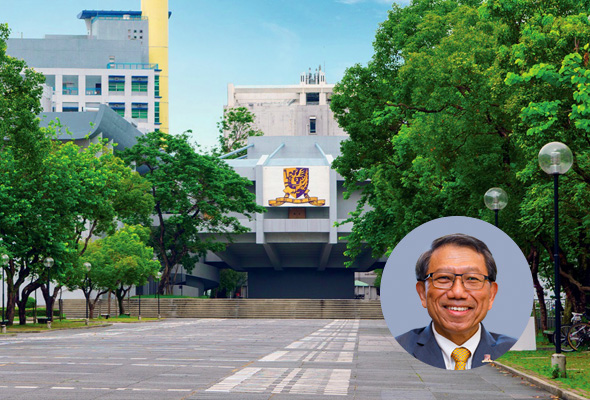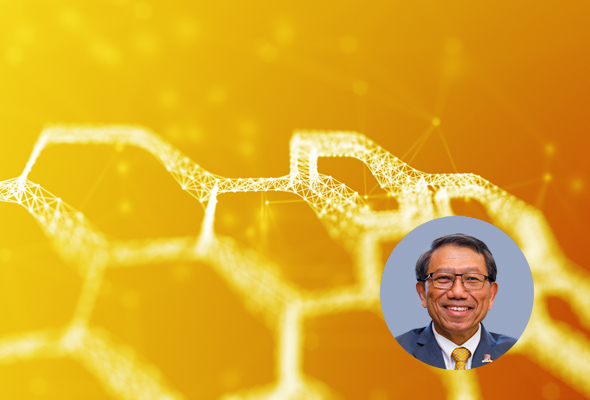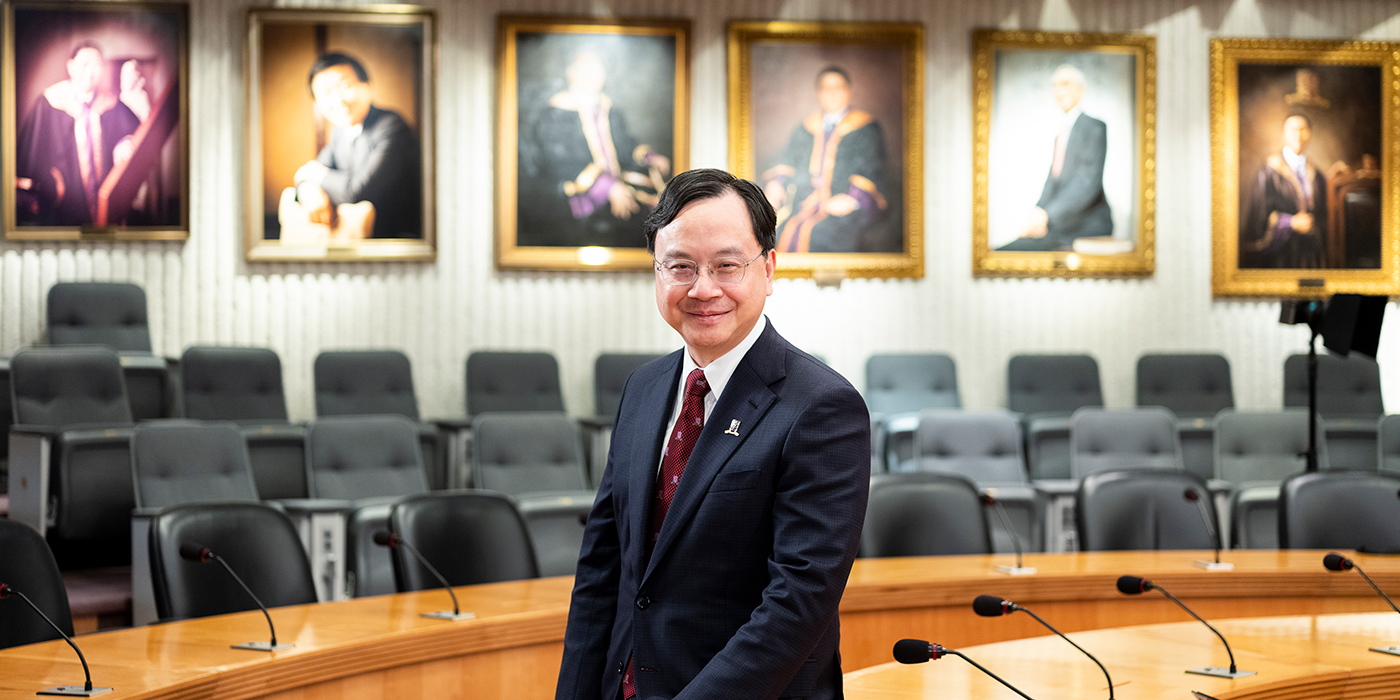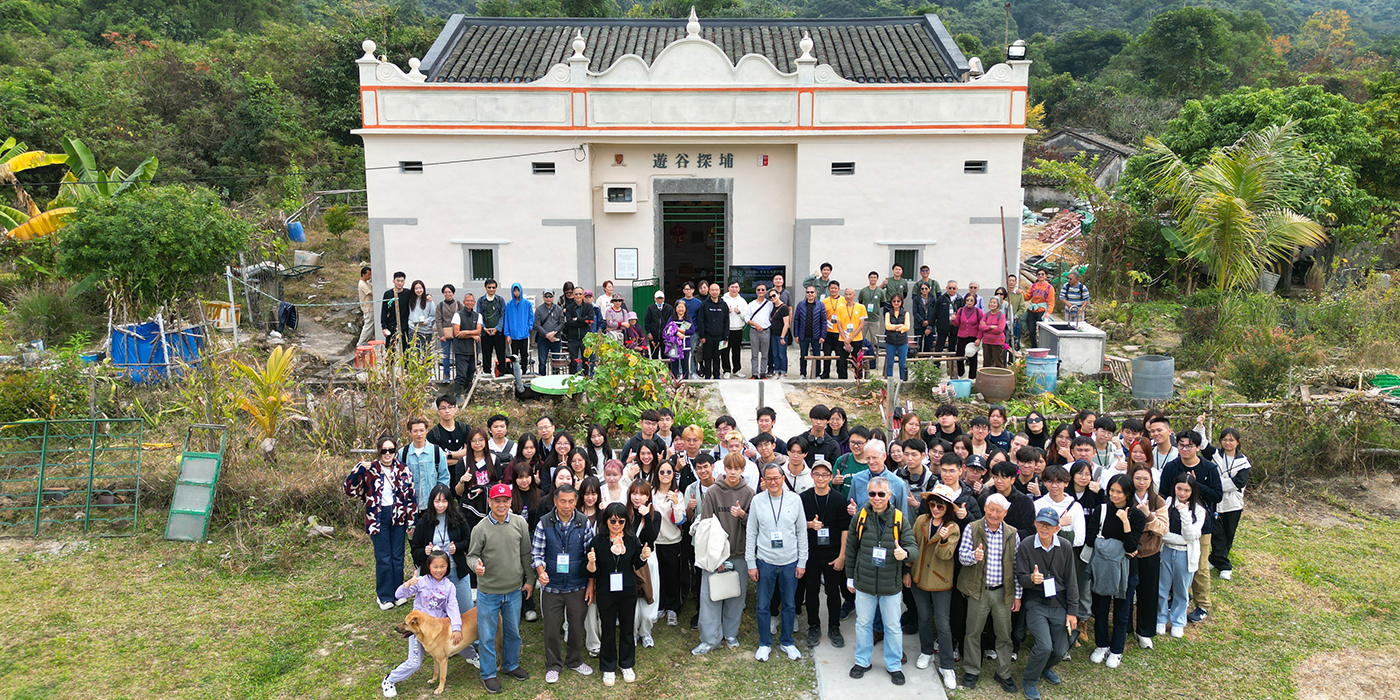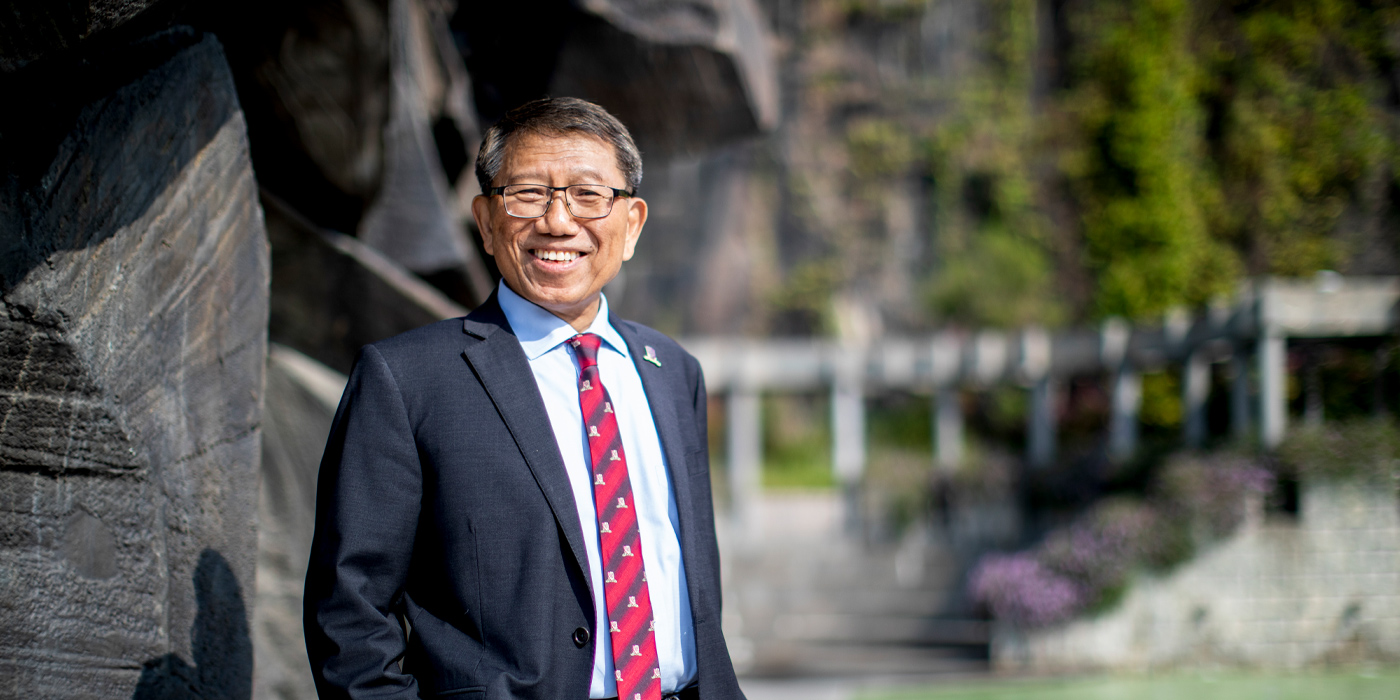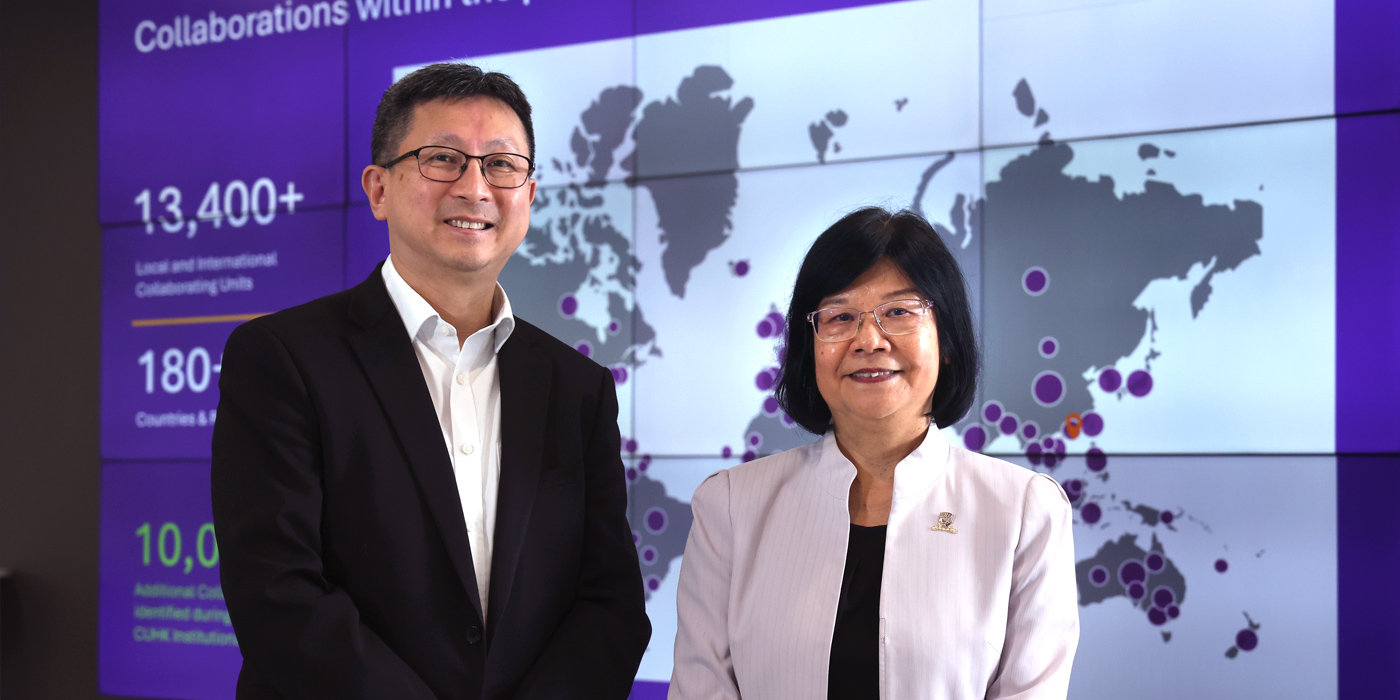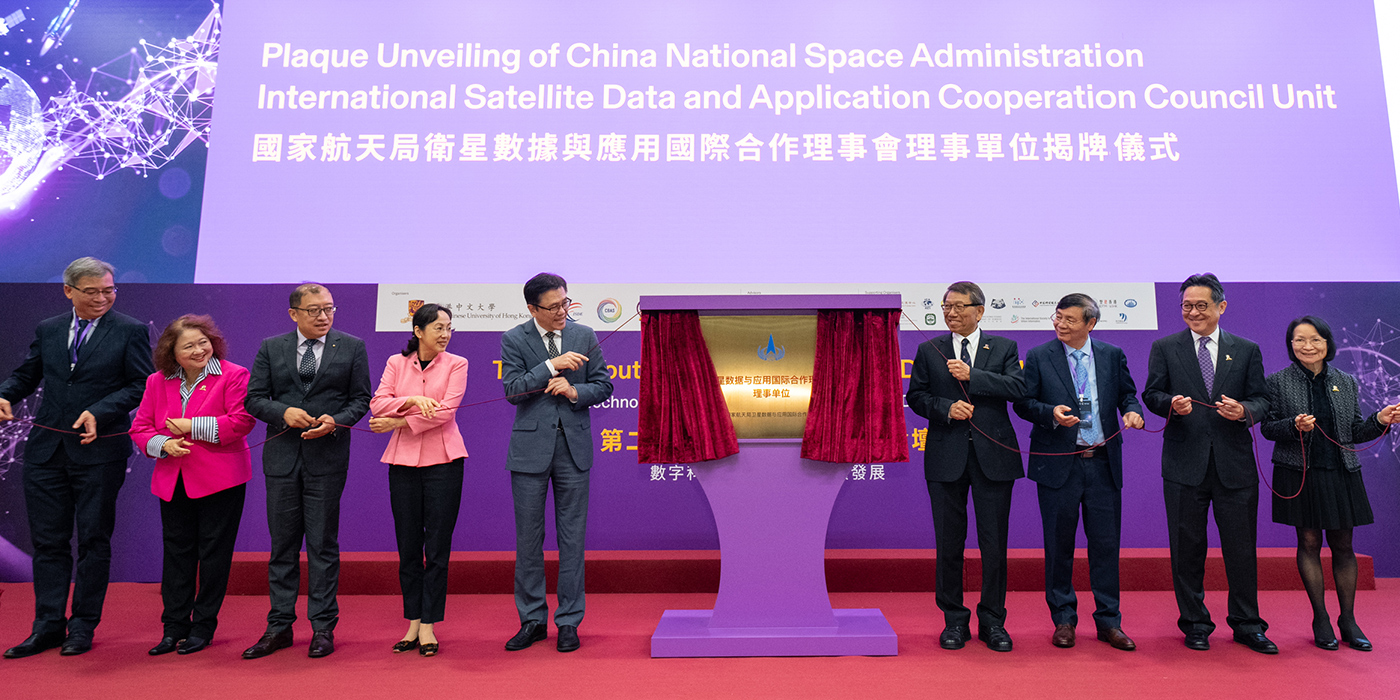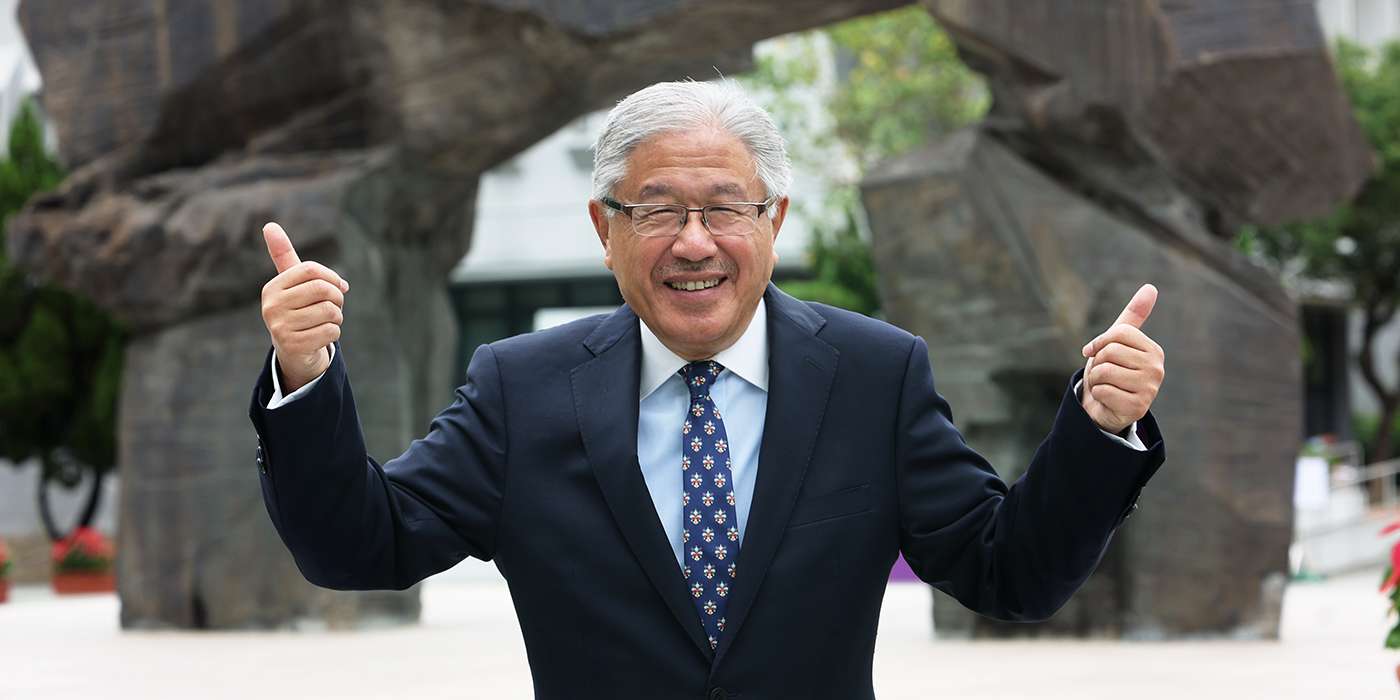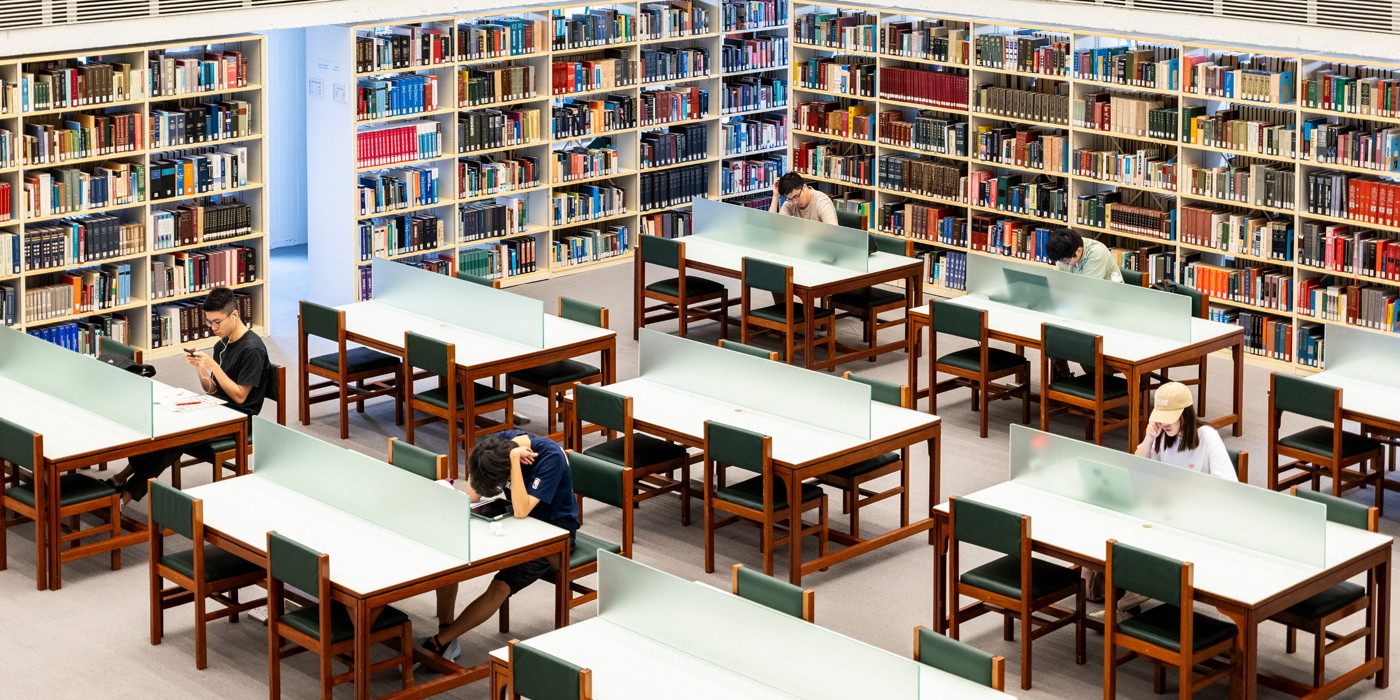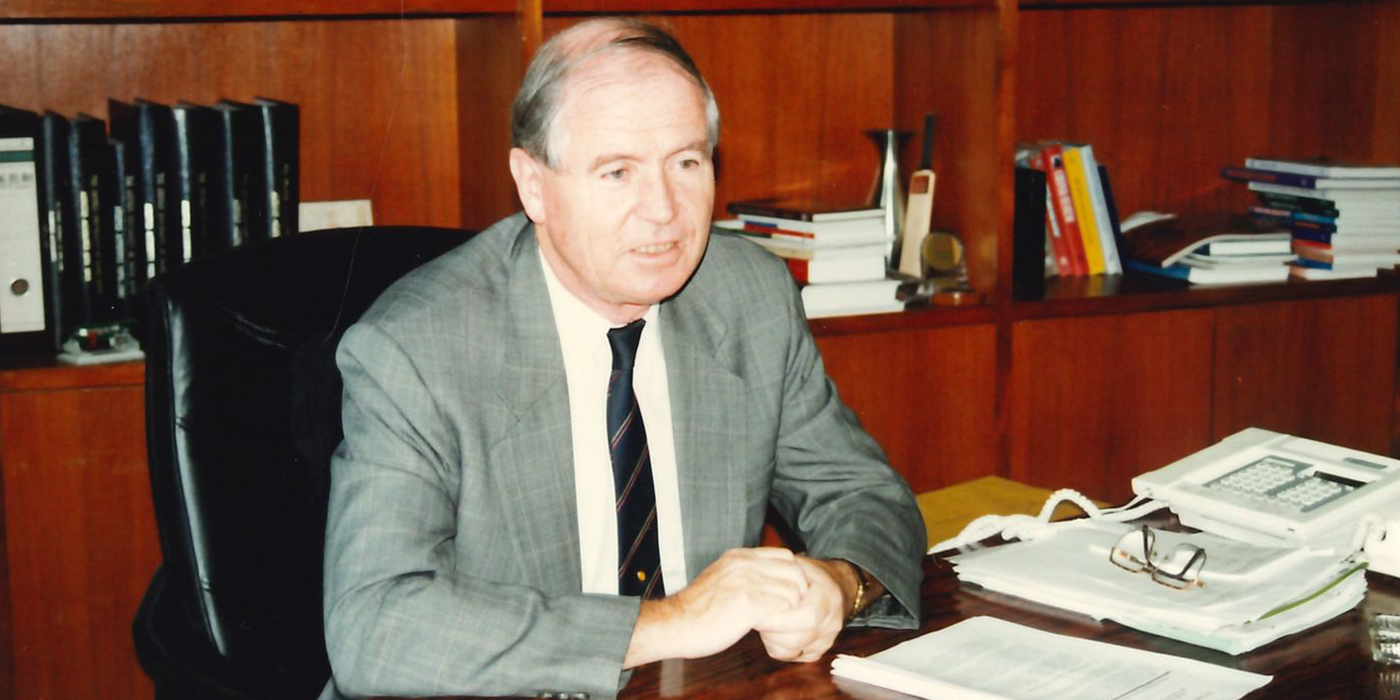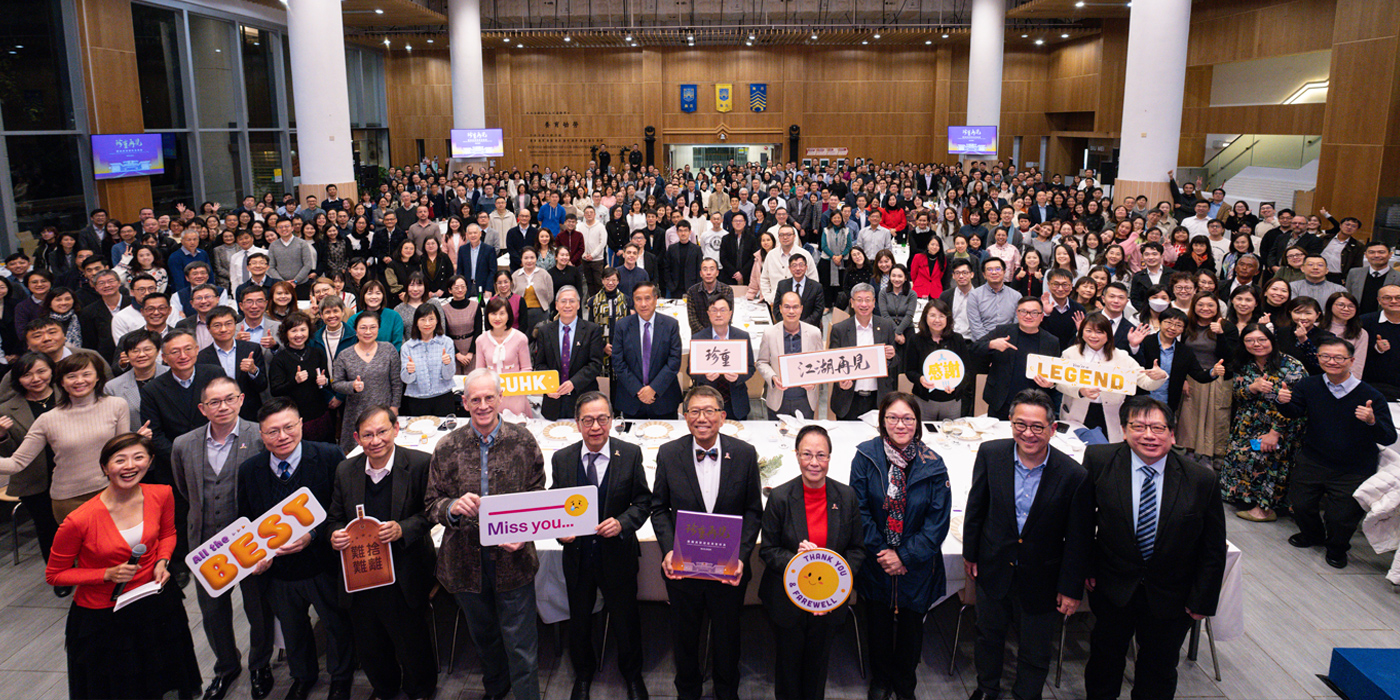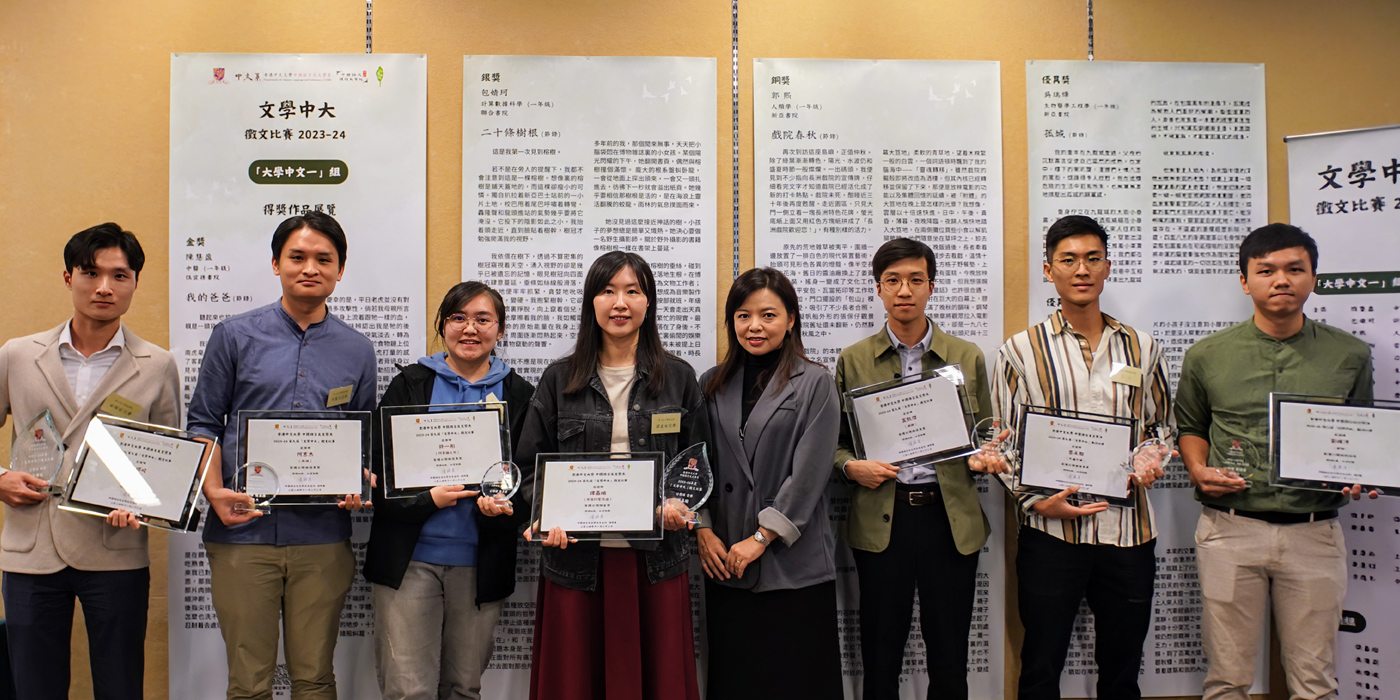CUHK’s contribution to the Daya Bay reactor neutrino experiment producing precise neutrino measurement
After a decade of research, the Daya Bay Reactor Neutrino Experiment has reported the world’s first conclusive and highly precise measurement of one of the key parameters to understanding neutrino oscillation. The findings provide important insight for physicists trying to answer an unsolved yet fundamental problems in the Big Bang model — the imbalance of matter and antimatter in the universe.
A group of elite Hong Kong researchers led by Professor Chu Ming Chung from CUHK’s Department of Physics, together with talented CUHK undergraduate and graduate students, have been taking part in this international experiment since it began. They designed and built subsystems for monitoring the detectors and their environment, as well as data acquisition for the experiment, showcasing the city’s impressive research capacity. The Daya Bay experiment helps physicists to explore some of the biggest mysteries of the matter content of the universe.
Measuring the missing parameters to understand ‘ghost particles’
Neutrinos are subatomic particles that are both famously elusive and tremendously abundant. They endlessly bombard every centimetre of Earth’s surface at nearly the speed of light, but rarely interact with matter at all. They can travel through a lightyear’s worth of lead without disturbing a single atom. Because of their hard-to-detect property, neutrinos have been called ‘ghost particles’.
One of the defining characteristics of these particles is their ability to oscillate between three distinct types, or ‘flavours’: muon neutrino, tau neutrino, and electron neutrino. These neutrino oscillation probabilities are described by three mixing angles, in which theta13* was the only mixing angle that remained to be measured. The search for theta13 is the main goal of the Daya Bay experiment and would bring us a step closer to solving the mystery of neutrinos and the imbalance of matter and antimatter in the universe.
The research team built large, cylindrical particle detectors around the Daya Bay Nuclear Power Plant that pick up light signals generated by antineutrinos streaming from those nuclear reactors. The first theta13 measurement was announced in 2012, just one year after the beginning of the experiment, and was selected as one of Science magazine’s Top 10 Scientific Breakthroughs of 2012.
When the experiment ended in 2020, the team has captured an unprecedented 5.5 million interactions from neutrinos and obtained the most precise measurement yet of theta13, with a level of precision two and a half times greater than the experiment’s original goal.
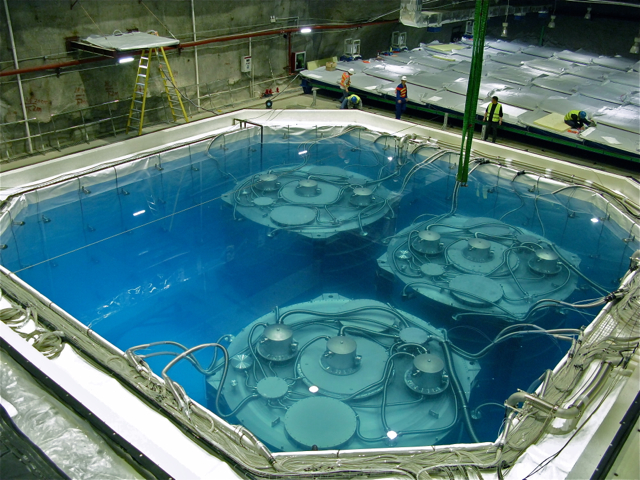
/202205/t20220531_306058.html

